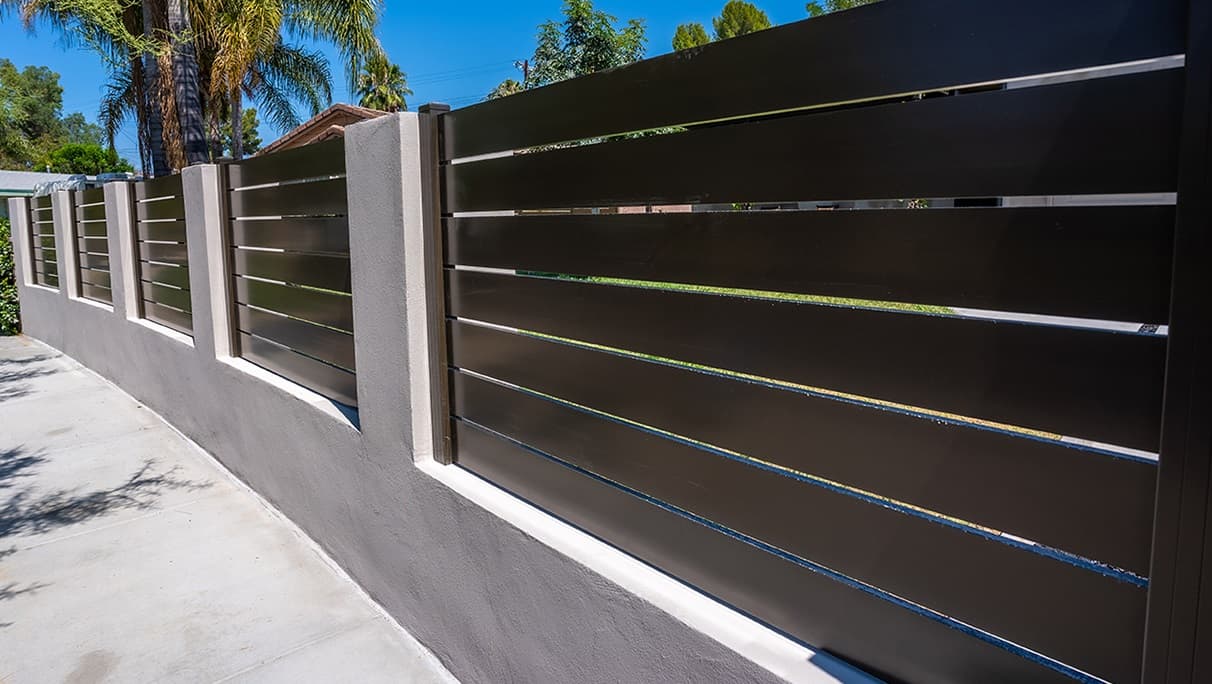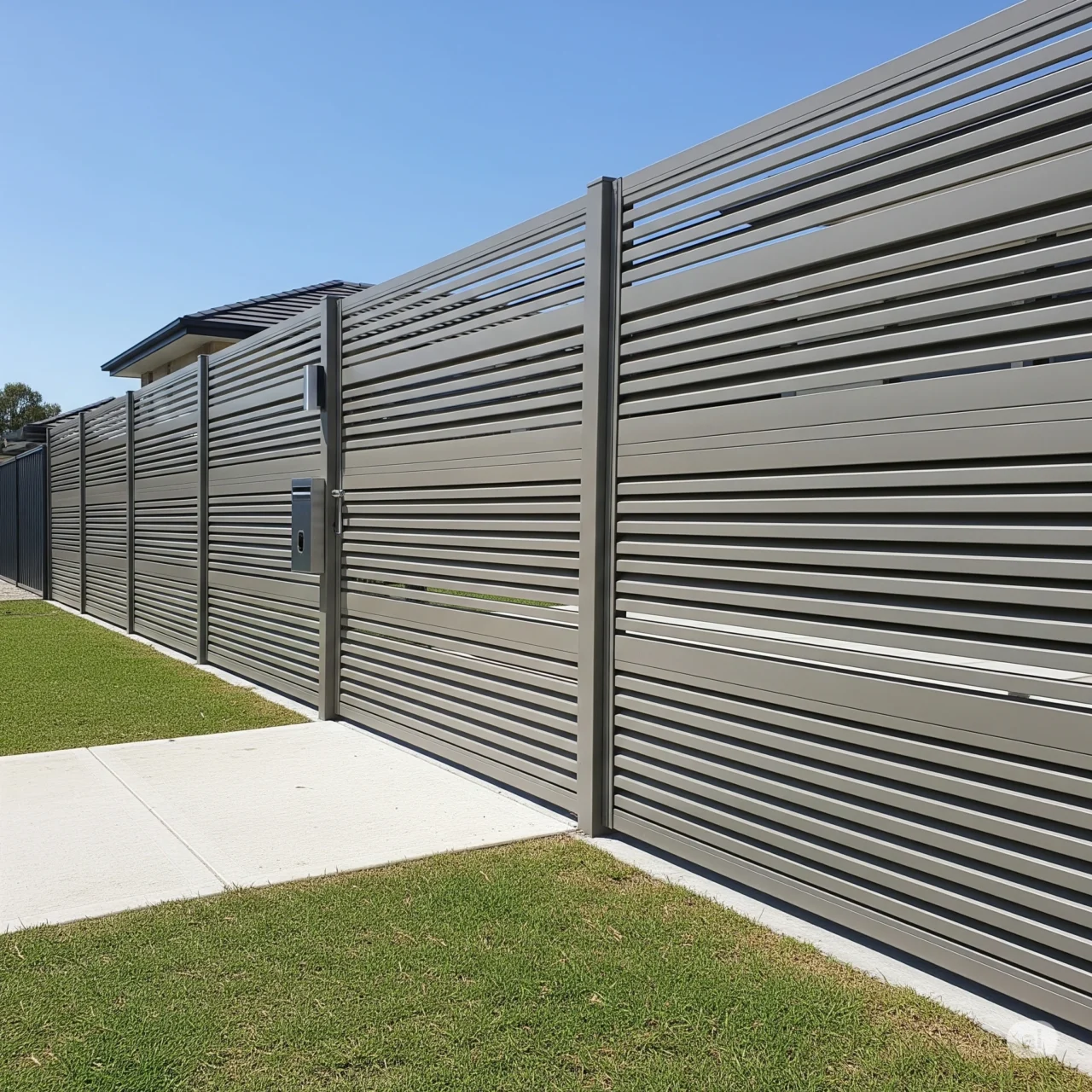When you envision your ideal fence, chances are you’re looking for something that’s both beautiful and functional. A rail fence with wire mesh offers just that—a timeless aesthetic paired with added security, durability, and versatility. But what makes this design such a popular choice for homeowners, farms, and rural landscapes alike? Let’s dive in.
At Super Fabrications, we specialize in delivering high-quality design and installation services for a range of fences—including wood, aluminium, chain-link, and vinyl options. Whether for fencing, railings, or stairs, we stand by our commitment to excellence, durability, and customer satisfaction. Let’s explore why a rail fence with wire mesh might be the upgrade you’re looking for.
Why Choose a Rail Fence with Wire Mesh?
1. Rustic Charm Meets Modern Function
A classic rail fence brings a warm, pastoral feel to any property. Adding wire mesh amplifies its practicality—without compromising the visual appeal. You get an open, inviting look that also serves a meaningful purpose, making it ideal for both residential settings and agricultural use.
2. Enhanced Security and Containment
Thanks to the wire mesh, the fence becomes a reliable barrier that keeps pets, livestock, and children safely enclosed while also deterring trespassers. It delivers a peace of mind not often found in decorative-only fencing.
3. Versatile Applications
From suburban backyards to sprawling ranches, this hybrid fencing works well across diverse settings—whether you need a boundary for a garden, a play area, or a pasture.
4. Durable and Low Maintenance
Constructed from treated wood and resilient welded or woven wire mesh, these fences stand strong against the elements. With basic inspections and upkeep, they maintain their integrity and charm for years to come.
Types of Wire Mesh to Enhance Your Rail Fence
The right mesh can elevate both performance and style:
-
Welded Wire Mesh: Known for its strength and rigid structure—great for where visibility and security both matter.
- Woven Wire Mesh: Often used in agricultural settings—flexible yet secure, and excellent for uneven terrain.
- Vinyl-Coated Chain-Link Mesh: Combines durability with a modern coating—adds color options and corrosion resistance.
Installation & Practical Considerations
Ease of Installation
Whether you’re doing it yourself or going pro, adding wire mesh to a rail fence is straightforward. Wire should be pulled tight and fastened securely—many professionals can complete over 300 feet per day.
Long-Term Durability
Choose treated or rot-resistant wood, and wire mesh with protective coatings. Routine checks for loose fasteners or damage ensure your fence performs well for the long haul.
Blending Beauty and Function
Maintain the clean, open narrative of a rail fence while integrating the mesh seamlessly. Consider painting or staining to keep the aesthetic consistent.
Is a Rail Fence with Wire Mesh Right for You?
Ask yourself:
-
Do you want a fence that blends visual charm with function?
-
Are you seeking an affordable yet durable fencing solution?
-
Do you need safe containment for pets, livestock, or young children?
-
Is weather resistance and easy upkeep a priority?
-
Do you value personalization to match your home’s look?
If you answered yes to any of these, a rail fence with wire mesh offers strength, versatility, and classic appeal.
Why Super Fabrications Is Your Best Choice
At Super Fabrications, we don’t just build fences—we create lasting boundaries that combine craftsmanship, precision, and beauty.
** Here’s what sets us apart:**
-
High-Quality Materials: Durable wood and corrosion-resistant mesh suited to your environment.
-
Tailored Designs: Choices in spacing, heights, finishes, and mesh type to match your vision.
-
Professional Installation: Every board and wire meticulously aligned—for lasting beauty and stability.
-
Commitment to Customer Satisfaction: We deliver on time, on budget, and with a smile.
-
One-Stop Solution: Beyond rail fences, we handle aluminum, vinyl, chain-link fencing, railings, and stairs.
Final Thoughts: Rail Fence with Wire Mesh—Smart, Secure, and Stylish
A rail fence with wire mesh is more than a boundary—it’s a design statement that marries rustic elegance with practicality. Whether you’re safeguarding animals, enhancing curb appeal, or simply creating a charming edge for your property, this hybrid fencing solution offers both form and function.
Ready to Upgrade Your Property with a Rail Fence with Wire Mesh?
Let’s make your vision a reality. Contact Super Fabrications today for expert guidance and quality installation:
Phone: (888) 820-6099
Design a rail fence that’s as beautiful as it is durable—crafted to last and tailored just for you.





